Titebond glue: varieties and applications

If you need to connect some parts without nails and self-tapping screws, then Titebond glue, which is also called liquid nails, will become an assistant in achieving this goal. This tool is specially designed for joining parts made of wood, plastic and other materials, therefore it is endowed with all the special properties.
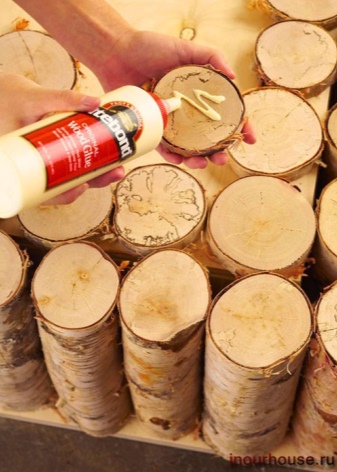
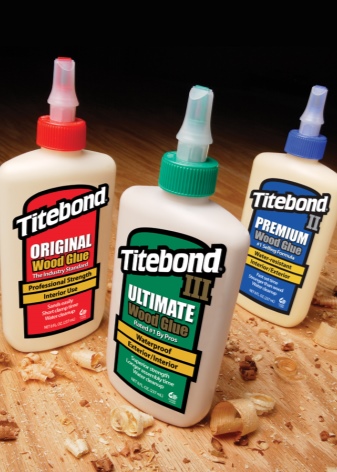
Peculiarities
This type of glue is endowed with the following qualities:
- the strength of the cured glue is much higher than that of the wood part itself, which indicates high reliability;
- versatility - it can fit both wood of any type and age, as well as various plastic parts;
- does not stick to auxiliary tools, with the help of which excess glue is removed;
- tolerates quite low and high temperatures;

- sets quickly, but before it dries completely, it can be safely cleaned with water, which allows you to modify any irregularities and inaccuracies;
- can be used only in the interior decoration of the premises - such glue will not work for the street side;
- Titebond should be applied to a dry, well-cleaned surface from various debris;
- long shelf life.
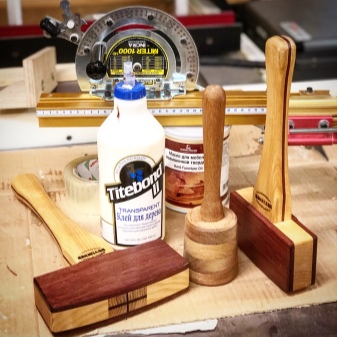
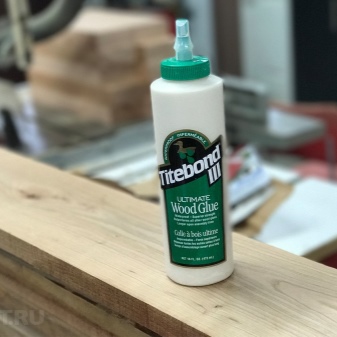
The composition of this glue includes water-based resins, therefore, it has a viscous consistency, which hardens over time. Titebond brand glue is a very practical and quite versatile means for joining parts.
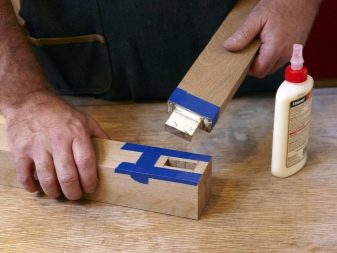
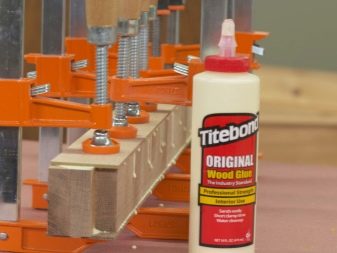
It can be used to fasten various products made of chipboard, fiberboard, plywood, various types of wood, for gluing laminate, plastic parts, and one of the types of liquid nails can even fasten slate and brick.
Varieties
Such an adhesive composition has several varieties, each of which has its own characteristics and properties:
- Titebond 2 - the most moisture resistant and strong type of glue from this line, it cannot be removed even with the help of a solvent. When frozen, it can come into contact with food and will not cause any damage to health (when used in kitchen furniture and household appliances).
- Titebond 3 - has a relatively low strength, it can also come into contact with food without harm.
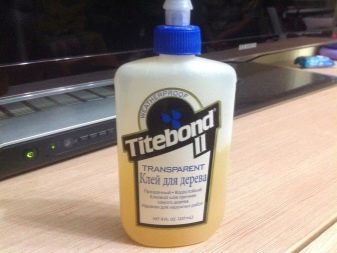
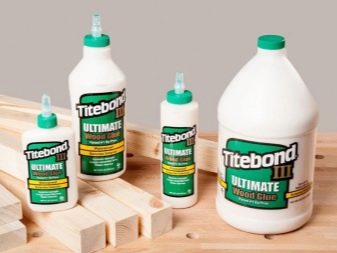
- Original titebond - a special form, in terms of composition and application, it practically does not differ from the previous ones. Its main advantage is the ability to use it for repairing musical instruments, since it does not spoil the sound of wooden products.
- Titebond Heavy Duty - Super strong assembly adhesive that can withstand metal objects, bricks, fiberglass. You can also highlight its resistance to moisture.
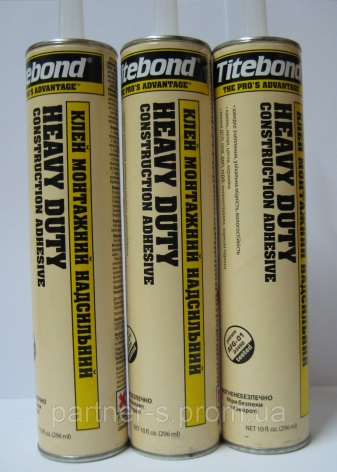
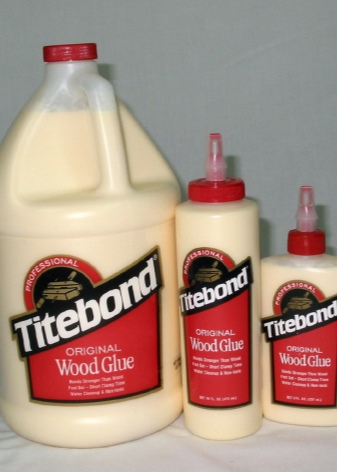
How to remove?
Since liquid nails are not an easy glue, it is very difficult to remove it from almost any surface due to impurities in the composition.
If the liquid nails have not yet had time to dry, then such a composition can be removed quite easily. using a rag and water - this applies to solid objects. If it is clothing or upholstered furniture, then you need to resort to the help of a solvent. In the event that the glue has already hardened, it will be much more difficult to do this. In most cases, the packaging of high-quality glue contains instructions for removing this composition. If there is no such instruction, then you can resort to the following tips.
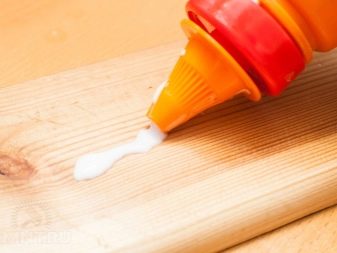
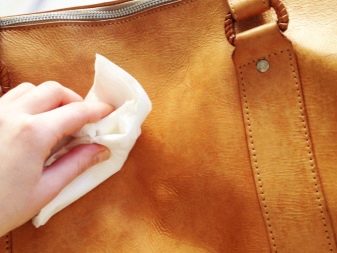
To remove the glue, prepare the following items:
- water with a solvent;
- liquid nail cleaners, which are needed for the final removal of residues - they are sold in specialty hardware stores;
- rubber gloves;
- scraper, knife or flathead screwdriver;
- a piece of fishing line or wire.

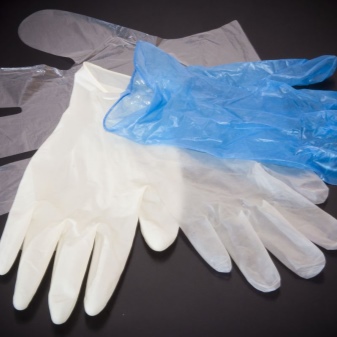
When all the components are ready, you should start cleaning:
- first you need to slightly lift a piece of dried glue with a scraper or other flat object;
- then you need to stick a wire or fishing line under this piece;
- after that, with the inserted wire, you need to remove the main part of the glue with sawing movements;
- the remaining stain can be simply removed with water or a special cleaner.
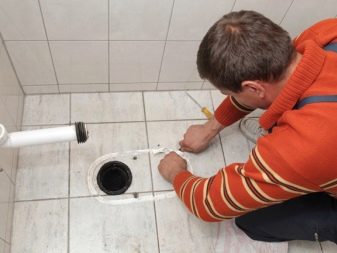
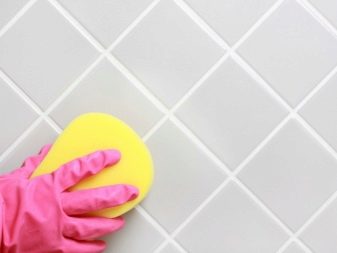
There is also a popular way to remove the dried substance: the stain must be strongly heated in the sun or with a hairdryer, and then carefully remove the piece of glue, which has become softer. But this method does not work for all types of adhesives.
Security measures
The main thing is not to forget about your own safety during any work, therefore it is imperative to use protective equipment. If liquid nails are made on a solvent basis, then a respirator should be used, since the smell of glue on this basis is very harsh and unpleasant. It is also necessary to use only safe materials and products that have passed the required testing.
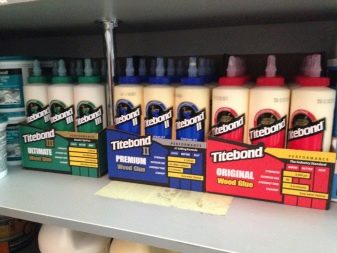
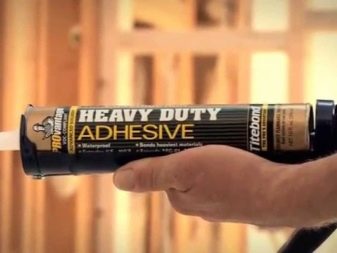
In the next video, you will see a little experiment with Titebond glue.













The comment was sent successfully.